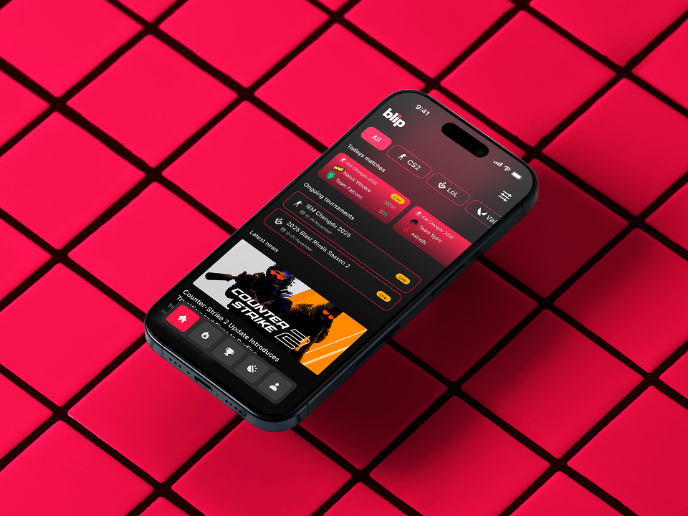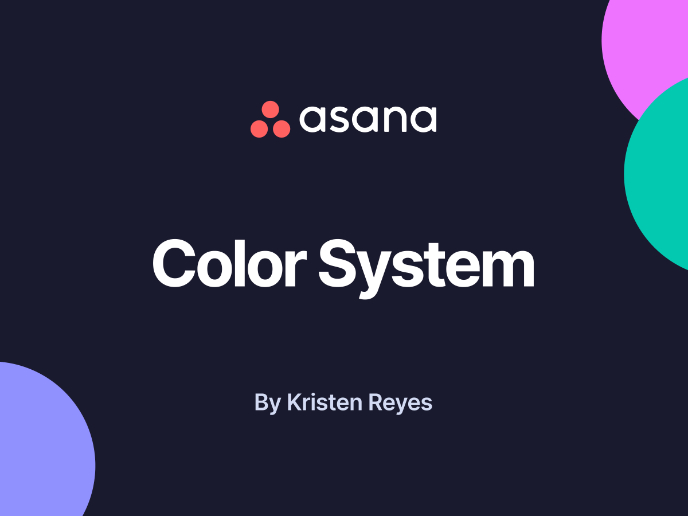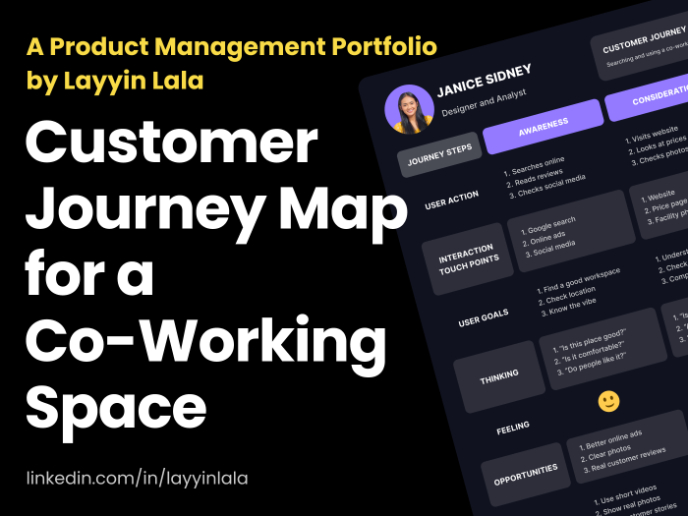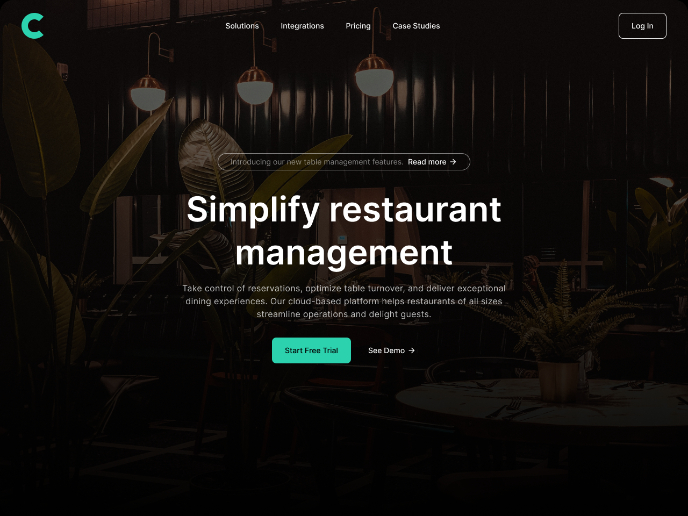User persona of Linkdin
A.Recognizing the Problem
A few months after launching a new social media platform, I noticed a dip in user engagement: fewer posts were being shared, fewer comments appeared, and overall interactions declined. This signaled an underlying gap between user expectations and the actual experience being offered. The first step was to identify the specific areas where users were feeling disengaged—whether that stemmed from complicated navigation, irrelevant content, or uncertainty about how to interact on the platform.
B. Choosing LinkedIn as a Benchmark
In seeking a professional network model that fosters consistent and meaningful engagement, LinkedIn naturally stood out. It excels at connecting individuals based on career development, industry insights, and networking aspirations. By studying LinkedIn, I gained insights into:
• How a platform balances personal branding and professional discourse.
• Methods for highlighting relevant content (e.g., industry posts, job updates).
• Strategies for motivating users to share achievements, connect with peers, and contribute expert knowledge.
Because LinkedIn is a leading professional social network, it offered a strong template for understanding how to design features that encourage active, purposeful participation.
C. Conducting User Research
To tackle the engagement dip effectively, I conducted user interviews, surveys, and observational research—focusing on what drives LinkedIn users to interact often, and what might be missing from the new platform. The findings helped clarify that:
• Personalization matters: Users value curated job suggestions, relevant content, and industry-specific discussions.
• Confidence-building is key: Many users hesitate to post or comment for fear of seeming unprofessional.
• Mobile-first design: People often browse on-the-go, so a seamless mobile experience is critical.
D. Synthesizing Insights and Adapting
With LinkedIn as a reference point, it became clear that addressing user concerns and pain points required:
• Targeted Features that streamline feed content (filtering and personalization).
• User Onboarding & Guides that boost posting confidence and clarify platform benefits.
• Community-Oriented Tools (groups, events, mentorship options) to encourage more genuine, frequent engagement.
E. Defining the Project’s Direction
By blending the new platform’s existing features with proven practices observed on LinkedIn, you shaped a project strategy aimed at re-engaging users through intuitive design and meaningful interactions. The aim was not to copy LinkedIn’s entire model but to adapt the elements that drive professional engagement—such as career-based connections, well-curated content, and tools for sharing achievements—while remaining true to the platform’s unique value proposition.
F. Why LinkedIn?
In essence, LinkedIn was chosen because it:
• Showcases how professionals engage around work topics and career growth.
• Offers a strong sense of purpose that keeps users returning (unlike purely social platforms).
• Proves the value of targeted networking and relevant content curation.
Drawing on these insights, i sought to create a platform that captures the best aspects of LinkedIn’s professional engagement while addressing the particular needs of the user base. This approach ensures that i redesigned platform remains relevant, purposeful, and appealing in the long run.
Reviews
2 reviews
Hello Yasaman, your user personas are excellent and demonstrate strong UX research skills. Both personas are comprehensive, well-structured, and provide clear context - the LinkedIn case study is particularly impressive with its detailed problem analysis, research methodology, and strategic solutions. I appreciate how you've included personality traits, preferred channels, and specific frustrations for both personas, which makes them highly actionable for design decisions. The visual presentation is clean and professional, making the information easy to digest. Overall, this is really solid work!
Your personas are structured well and easy to understand. "Rahul Mehta" and "Ayesha Ahmed" feel realistic, and their frustrations align with common issues on professional networking platforms. The design is "clean," "organized," and "straight to the point," which makes it easy to scan. You’ve done a solid job outlining their "goals," "pain points," and "preferred channels."
That said, there are a few things that could be improved to better align with the "design brief."
First, there’s no mention of "how you conducted research." The brief asks for "interviews, surveys, or audits," but the personas don’t reference any actual findings. Right now, they seem like "logical assumptions" rather than "insights from real users." Even if you didn’t conduct direct research, mentioning that insights were gathered from "market analysis" or "competitor studies" would make them feel more credible.
Second, the personas could be "more specific about behavior." For example, "Rahul dislikes notification overload," but how does that impact his engagement? Does he "ignore notifications," "log in less," or "turn them off completely"? "Ayesha feels unsure about networking"—does she "only like posts" and "never comment," or does she "hesitate to send connection requests"? These details would make it clearer how their frustrations "directly affect engagement."
The "personality section" is a nice touch, but some labels feel vague. "Order vs. Freedom" isn’t immediately clear—does this mean "Rahul prefers structure while Ayesha enjoys flexibility"? If it’s about platform use, something like "Prefers Algorithmic Feeds vs. Prefers Exploring Content" would make more sense.
Lastly, the personas don’t "explicitly connect to the engagement drop." The brief mentions that "user activity has declined," but it’s not clear how these personas explain that. If "Rahul is frustrated with spammy content," does that mean he "logs in less frequently"? If "Ayesha lacks confidence in posting," does that mean she "isn't engaging with the community at all"? Making this cause-effect relationship clearer would help tie everything back to the "core problem in the brief."
Your submission is already strong. The personas are "well-structured," "visually clear," and "address real issues." To make it even better, you could add "direct research references," "clearer behavioral insights," and "stronger links to engagement decline." These small refinements would make the personas feel "more research-driven" and "submission-ready."
You might also like

Blip - Esport app design (Light & Dark UI)

Reimagining Asana's Color System

Customer Journey Map for a Co-Working Space

Responsive Main Screen

Latios - Free Portfolio Template for UX/UI Designers

Workspace Booking Flow - UI/UX Design
User Research Courses

Introduction to Product Management

The Product Development Lifecycle & Methodologies














